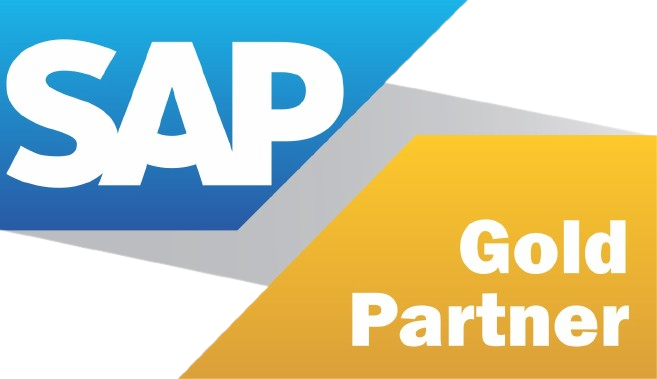
- February 5, 2023
- Alaa Mostafa
- 0
Top 5 financial close challenges
Many midmarket companies are faced with increasingly complex global accounting challenges, yet they must rely on smaller teams to get things done. For them, it’s crucial to streamline and automate their accounting practices and meet these challenges head-on.
Here are the top challenges for finance teams
Lack of structure and accounting SOPs
The financial close process is “accounting 101” for finance team leaders. In midmarket companies, this often means that a couple of senior people – who know the financial close process in detail – don’t feel the need to introduce more formal, granular standard operating procedures (SOPs). As businesses grow more complex, they need strong SOPs but it can be a challenge to get buy-in for more rigorous operational procedures, so any proposed new financial systems or solutions need to be able to quickly demonstrate benefit and ease of use.
Time pressure in month-end closing
From the C-suite to the shareholders, important strategic decisions depend – even hang upon – the story the financial close reports have to tell. So, speed becomes the motivator. Sometimes that’s good when it results in greater efficiency and time management. But all too often it leads to questionable shortcuts or silos, where the fastest people get tasked with closing the books instead of taking the time to disseminate and automate those tasks across the entire team and help ensure a better understanding of standard financial close processes across the business.
Inaccurate and late financial data
All it takes is inaccurate or incomplete data from one area of the business to disrupt the entire financial close. Every department produces invoices, expenses, and purchase orders yet in many companies – especially midmarket enterprises that have grown fast – there is a lack of procedural consistency around financial reporting. Frantic requests for things at the end of the month lead to frustration and mistakes. Many businesses are challenged by a lack of tools and solutions to support consistent and continuous accounting and departmental reporting – all month long.
Silos and poor financial data integration
Along with inaccurate and delayed departmental data, finance teams also struggle with siloed and disparate reporting systems across the business, often with different metadata or data structures for the names and numbers of accounts, names and number of products, customers, divisions, and so on. This means that accountants not only have to reconcile and make sense of disparate information, they also often must resort to manual, error-prone processes to ensure the data is in a consistent structure.
Lack of automated accounting
As midmarket companies grow, so does the complexity of their books, not to mention the need to enforce increasingly challenging corporate security and the minutiae of governance standards. Clinging to processes that are already in place, many businesses attempt to bolt on these additional items as manually performed tasks. Not only does this raise the risk of error, it also limits scalability and data integration. Without the power of artificial intelligence (AI)-powered ERP business management systems, midmarket businesses will reach a critical accountancy mass, beyond which they can no longer grow using manual processes.

Best practices for smoother financial reporting and accounting close
The reports and insights delivered by the financial close process are some of the most crucial to the growth and operation of your business – yet due to their complexity and detail, they are often among the most dreaded of corporate activities. But by standardizing procedures, developing good communication strategies, and leveraging powerful accounting software solutions, businesses can develop make the process a whole lot easier and much more efficient.
Develop good change management practices to create and roll out SOPs
In the best midmarket businesses, this often starts with a good change management strategy to help communicate the importance of standardizing tasks and cementing protocols for who owns what, and when and how they need to complete and submit their financial tasks. And as SOPs are created and rolled out, this is the ideal time to introduce and support the use of smart financial management tools, such as an ERP solution.
Implement and support a continuous accounting process
“Continuous accounting” just means that instead of all the departments running around in a panic on the 29th of every month, workflows are established to spread financial close tasks out more evenly throughout the reporting period. Automated finance tools can help greatly streamline this process with things like mobile apps and templates – all via the cloud to gather and integrate daily cross-departmental data in real-time.
Automate and digitalize the financial close
With an AI-powered ERP that provides cloud-based financial solutions, midmarket businesses can reallocate valuable time. Cloud systems deliver real-time dashboards that allow executives to customize reports and get deep insights any time during the month – from their device, desk, or wherever. It also gives the accounting team open access to information across the business, using tools that automatically integrate and standardize disparate data sets and give them a command base from whence to aggregate and analyze data from across the business.
Source: SAP insights


